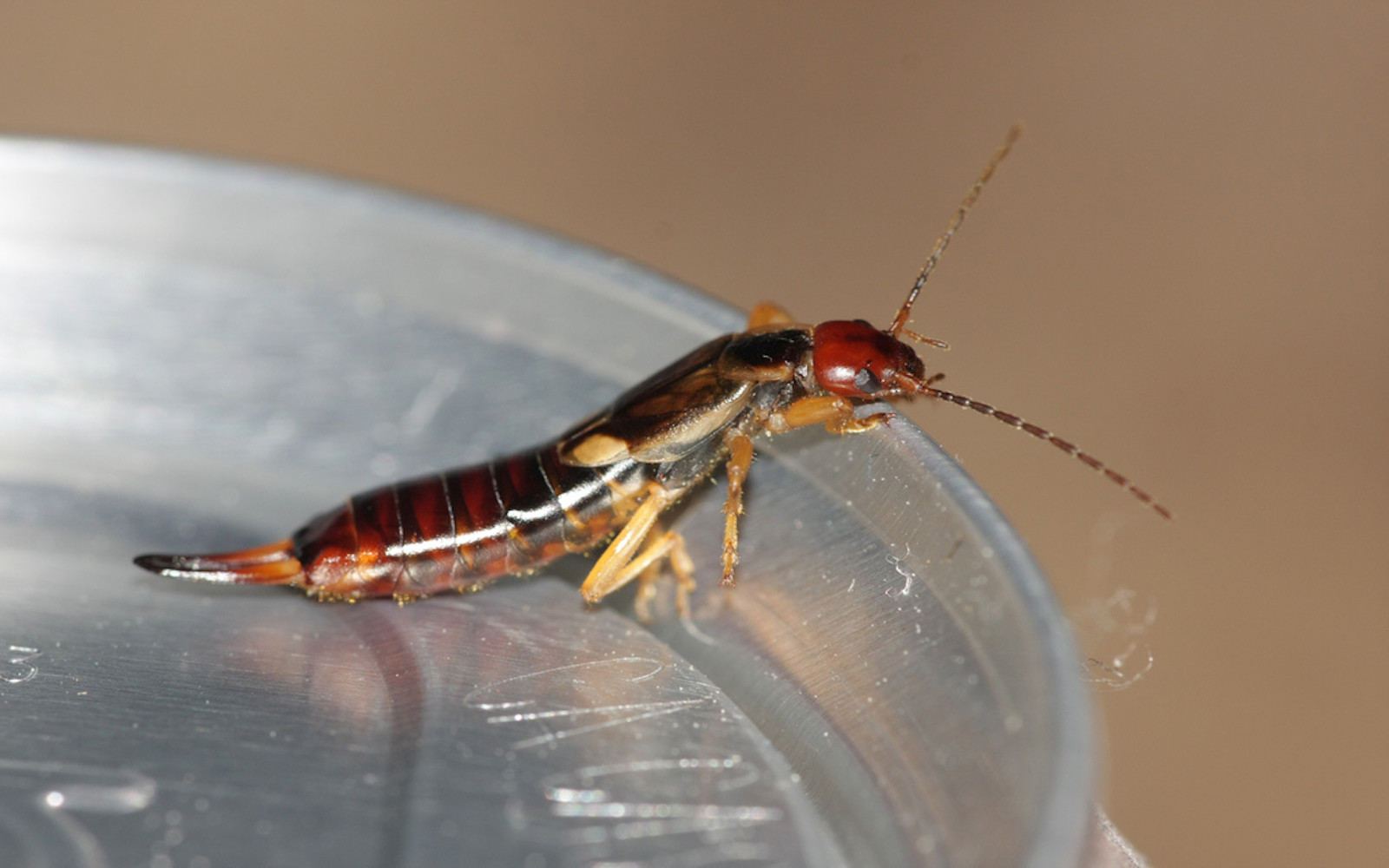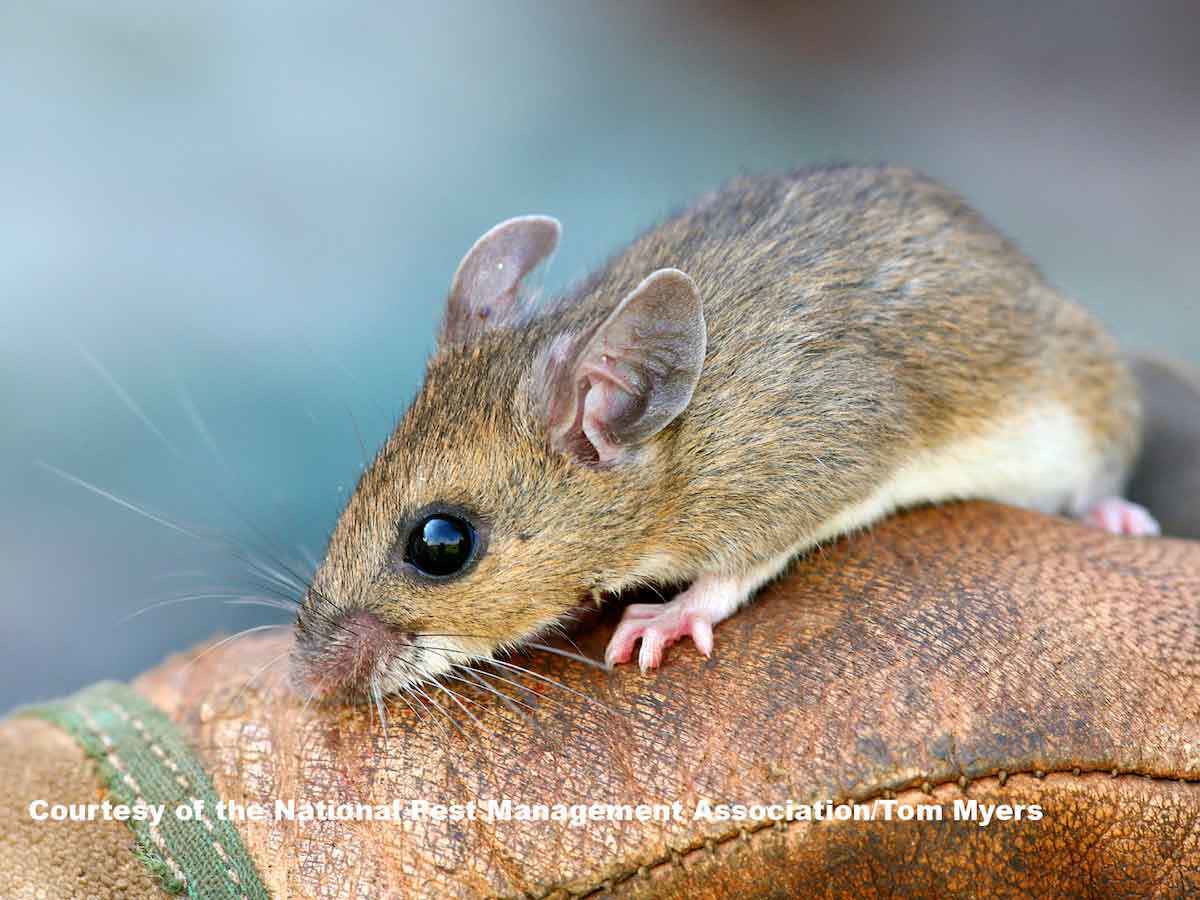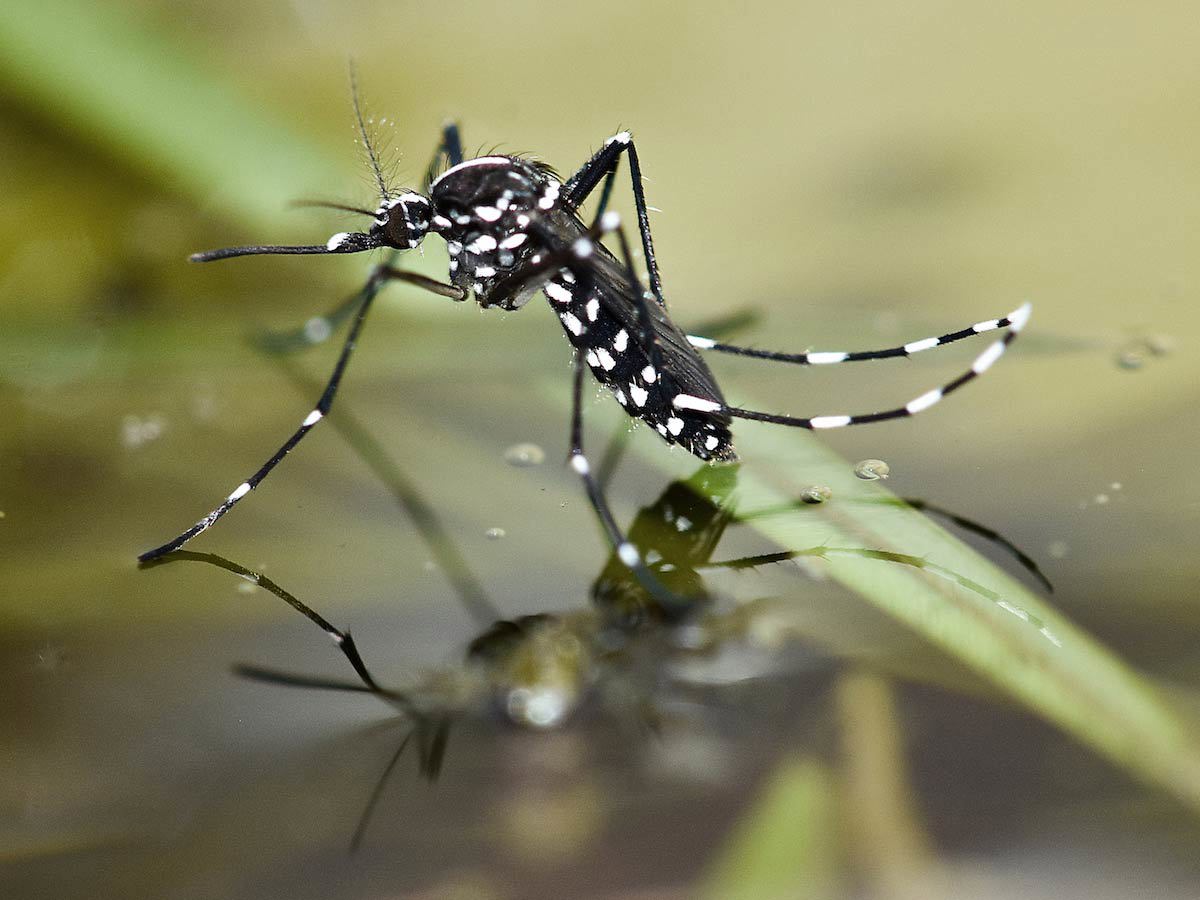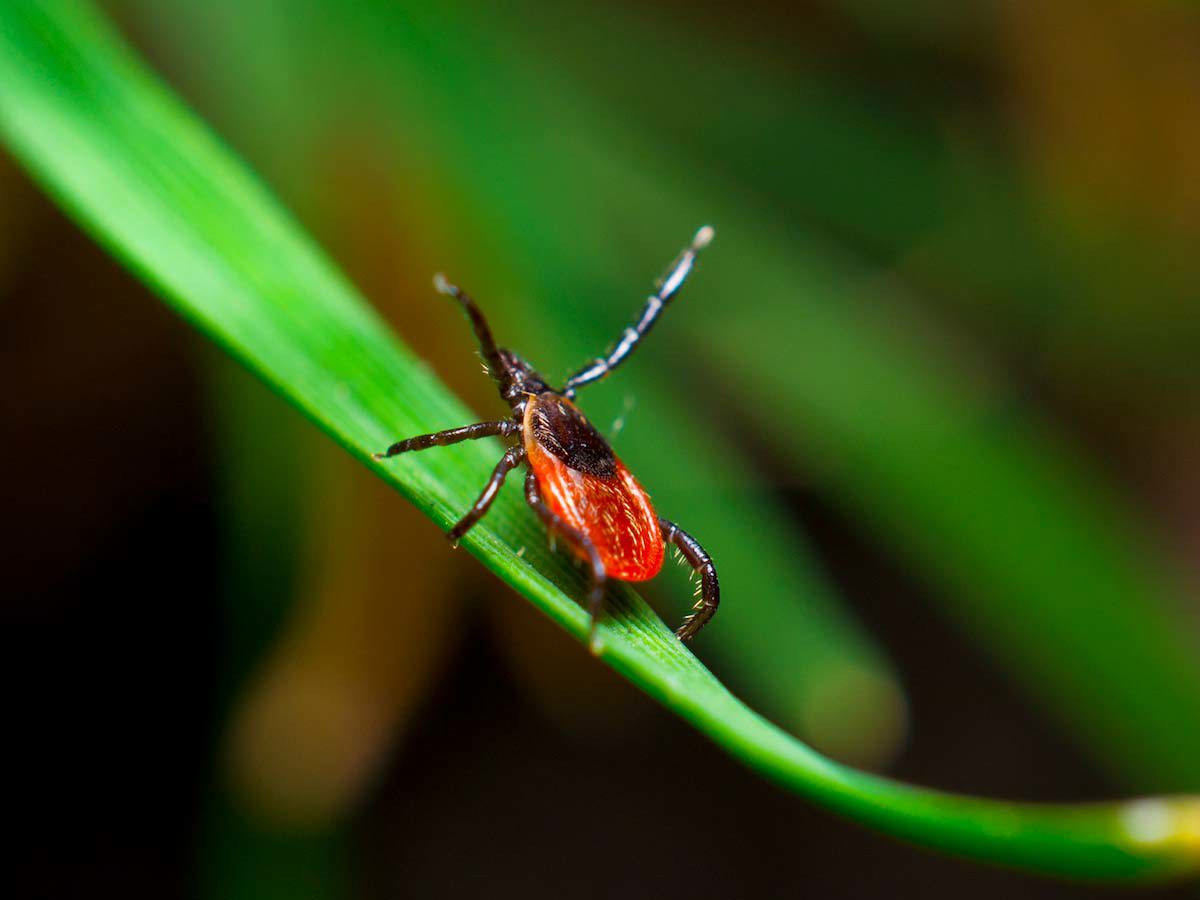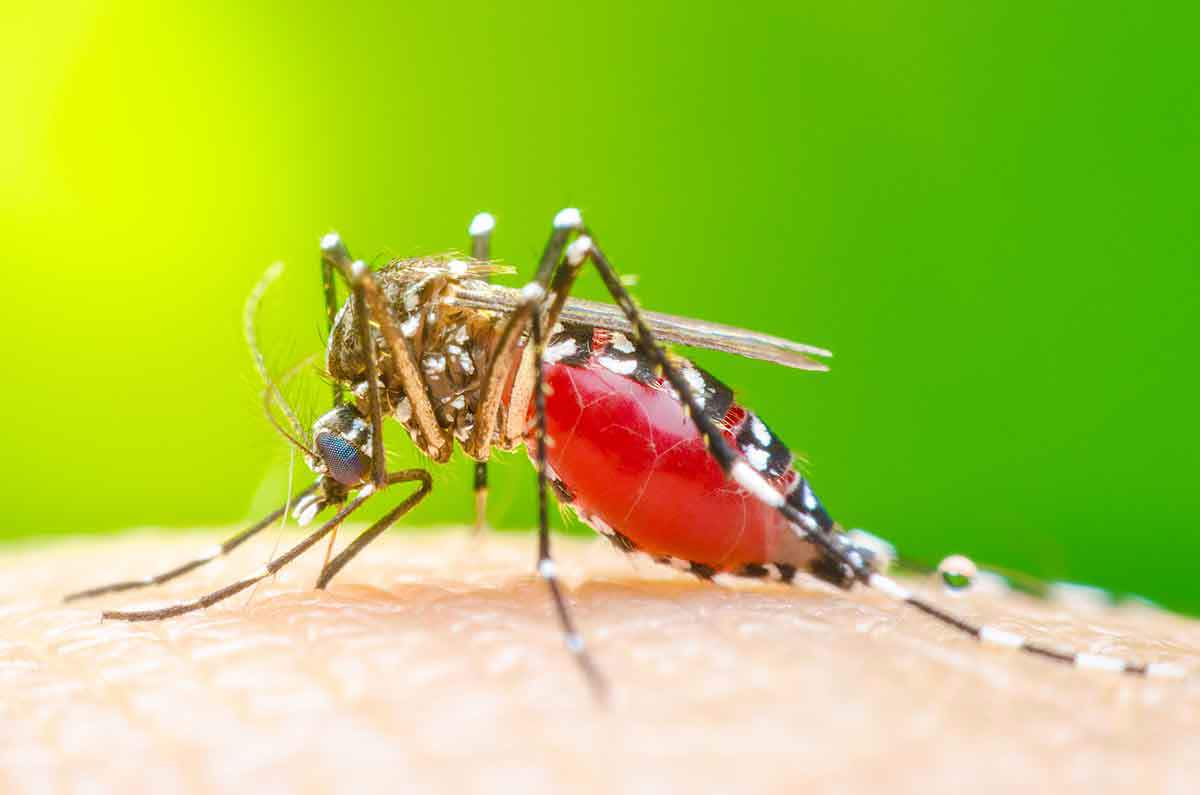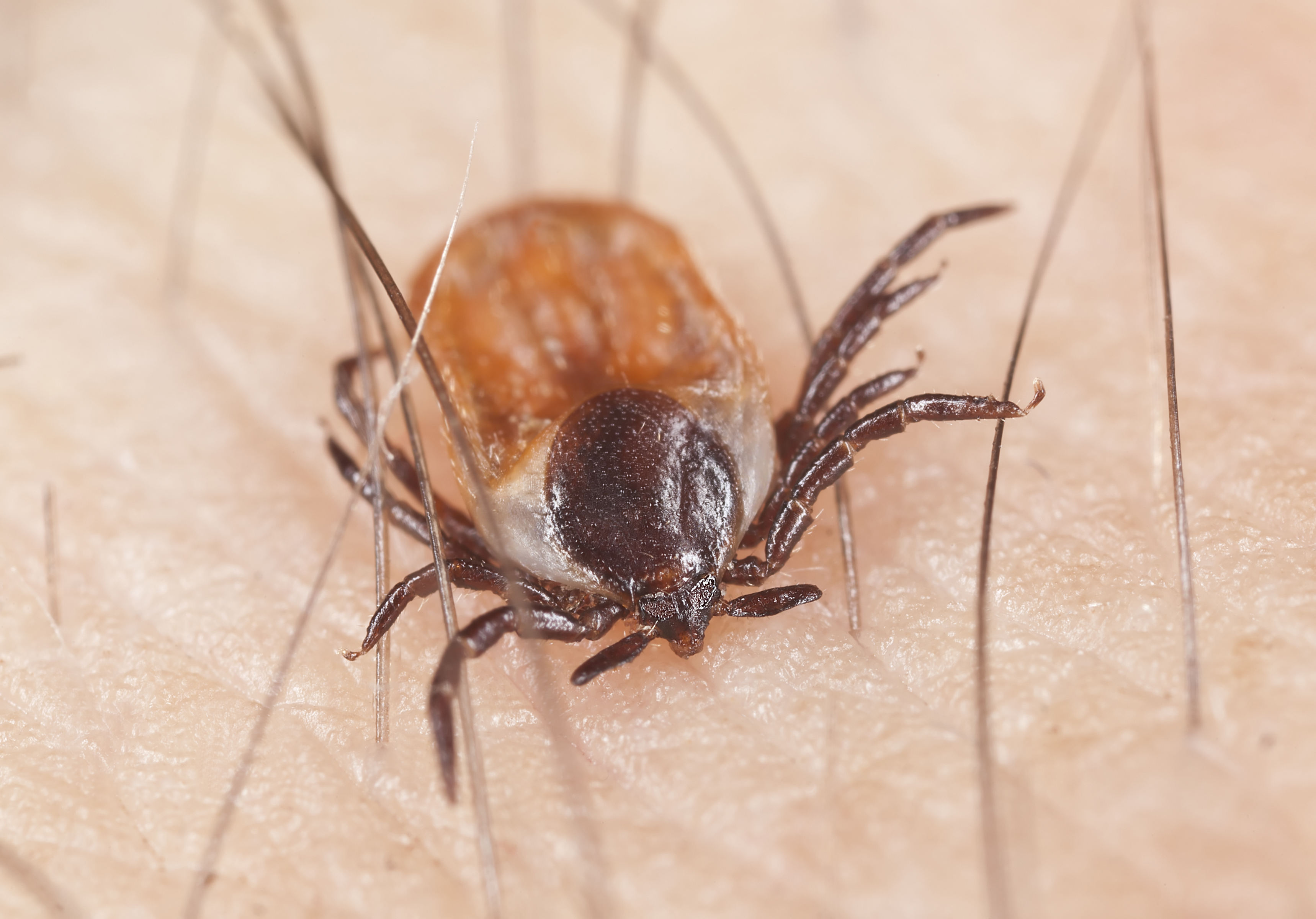Health Hub
-

Wild Animals and Risk of Rabies
October 27, 2022
Certain wild animals such as raccoons and bats are known carriers of rabies. Read the risk of rabies from wild animals here.
-

Pests That Can Live Inside the Body – Part One: Crusted Scabes & Botflies
October 27, 2022
Read Part 1 of "Pests That Can Live Inside the Body" to learn about crusted scabies (aka Norwegian scabies) and human botflies.
-

Pests That Can Get Stuck Inside the Body – Part Two
October 27, 2022
What is guinea worm disease? Learn about the causes of guinea worm disease, the process of extracting a guinea worm from the human body, and more.
-

Health Hazards Posed by Rodents
September 1, 2020
Rodents, such as rats, mice, prairie dogs and rabbits, are associated with a number of health risks. Learn more.
-

Is Coronavirus Transmitted by Pests?
March 6, 2020
There are many questions surrounding the novel coronavirus disease 2019 (COVID-19), including how it’s spread. It’s important to note that coronavirus is not spread by vector pests.
-

West Nile Virus: Symptoms, Treatment and Prevention
February 22, 2020
West Nile virus (WNV) is a potentially serious illness that is carried from infected birds to humans via mosquitoes, which serve as vectors of the disease.
-

Rocky Mountain Spotted Fever: Symptoms, Treatment and Prevention
February 14, 2020
Rocky Mountain spotted fever (RMSF) is a serious tick-borne illness with a mortality rate of more than 20 percent if not treated early. Here are the symptoms, treatment options and prevention tips.
-

Zika Virus: Symptoms, Treatment and Prevention
February 10, 2020
Zika virus, first identified in 1947 in the Zika forest of Uganda, is a rare mosquito-borne disease that has recently made its way to the U.S.
-

Lyme Disease 101
February 5, 2020
Lyme disease is transmitted through the bite of infected blacklegged ticks. Here's what you need to know about ticks and the disease to stay safe.
-

Foodborne Illnesses
January 29, 2020
Salmonella, Listeria and E. coli are just a few of the many foodborne illnesses pests like rodents, flies, cockroaches, and stored product pests such as beetles and Indian meal moths are capable of spreading.
-

Insect Bites & Stings
January 21, 2020
Biting and stinging insects pose some of the biggest threats to health and safety, sending more than half a million people to the emergency room every year.
-

Allergies & Asthma
January 6, 2020
While we tend to associate allergies and asthma with the outdoors, common household pests are also major triggers, especially in children.


